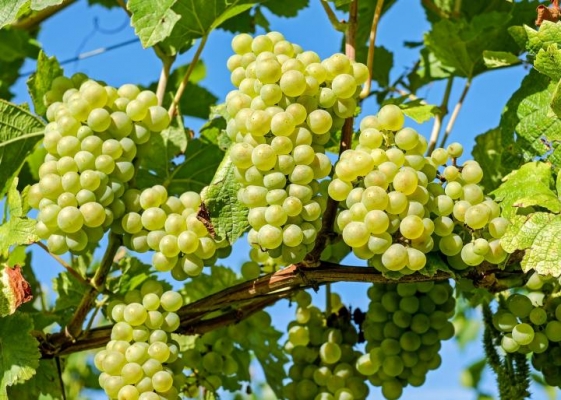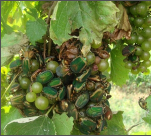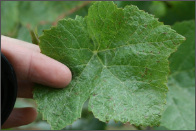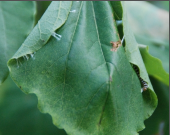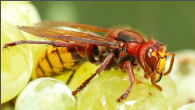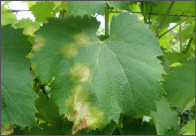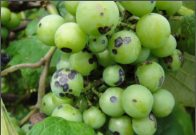Anab-e-shahi: It is an excellent variety. The creep has vigorous growth and has good yield. The pruning and training is done after 5 nodes. Fruits are egg shaped and are light buttery in color, which has soft peel, thin and flesh is sweet in taste.
Bhokri: The creeps are vigorous and diseases free. Bunches are small, tricone, and is filled. Fruits are medium in shape which are green in color and is sweet in taste. The peel is soft, thin and flesh is juicy.
Perlette: The training and pruning is done after 2-3 nodes. Bunches are sticky. Fruits are small, seedless and is yield giving variety. In north regions, sowing is done in first week of June.
Beauty Seedless: Bunch is fully filled. Fruit is medium in shape, taking sourness. In north regions, sowing is done in second week of June.
Pusa Seedless: The variety is released from Pusa. Fruits are big, egg shaped, seedless and sweet in taste. In north regions, sowing is done in third week of June.
Bangalore Blue: The variety is resistant to anthracnose and powdery mildew. Bunch is filled, small and cylindrical in shape. Fruits are round, medium size (5-6gm) and is black in color. The peel is thick, shining and flesh is green, soft and juicy. The seed number is 3-4.
Muscat Hamburg: It is also known as Gulabi, Karachi Gulabi, Black Prince and Paneer. The bunches are small. Grapes are small and the fruit matures in irregular way. The grapes juice is flavored.
Thompson Seedless: Bunches are big, equal sized grape, the grape is medium long, green color fruits turn golden at maturity, fruit is seedless, hard and good taste, late maturing variety.
Arka Neel Mani: Released in 1980. It gives an average yield of 115qtl/acre. Its harvesting is done after 150-155 days of training and pruning. The bunch is filled and thick which has an average weight of 360gm.
Arka Shweta: Released in 1980. The fruits are deep red in color and the weight of the bunch is 260gm on an average. It gives an average yield of 12qtl/acre. Its harvesting is done after 153-155 days of training and pruning.
Arka Mojestic: It gives an average yield of 150qtl/acre. Its harvesting is done after 160-163 days of training and pruning.
Arka Soma: It gives an average yield of 160qtl/acre. Its harvesting is done after 158-160 days of training and pruning. The average weight of per bunch is 410gm.
Pusa Navrang: It is very early maturing variety. The variety is resistant to powdery mildew. The variety is good for making juice and colored vine.
Pusa Urvashi: It is early maturing variety. Grapes are egg shaped and yellow in color.
Other state varieties:
Flame Seedless: Released in 2000. It has medium bunch, seedless berry which is firm and crispy and becomes light purple in color at maturity. It contains 16-18% T.S.S. content. The variety matures on second week of June.
Black Sahebi: Fruit is purple in color, good quality, good bunches, thin peel and sweet flesh, soft seeds, can be kept for a long time, less fruit yield, large sized fruit.
Black Prince: Purple color round shaped fruit, thick peel, sweet and soft flesh, medium sized bunches, less dense, good yield giving early variety, suitable for raw eating and for juice making.

